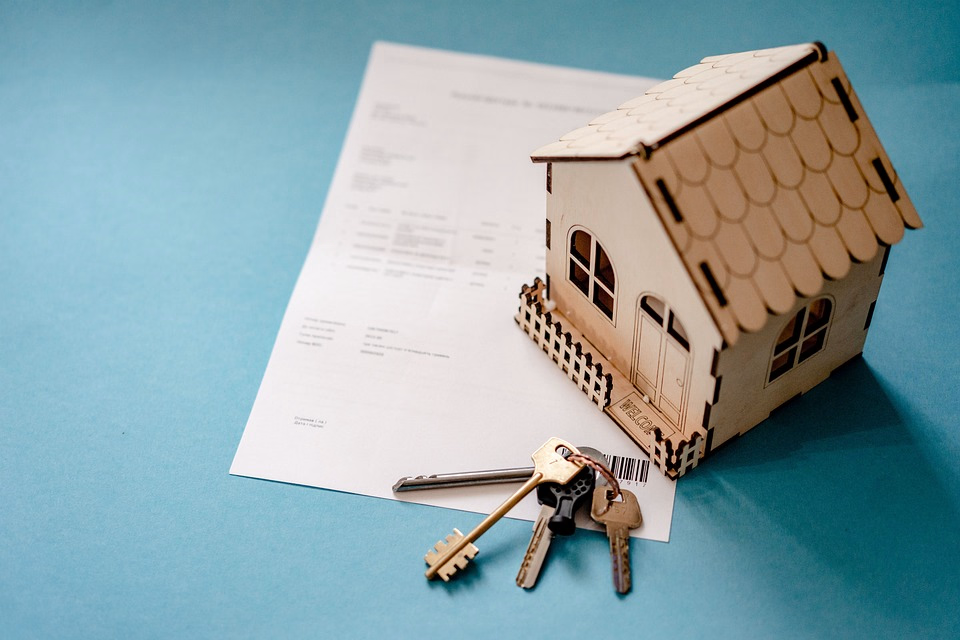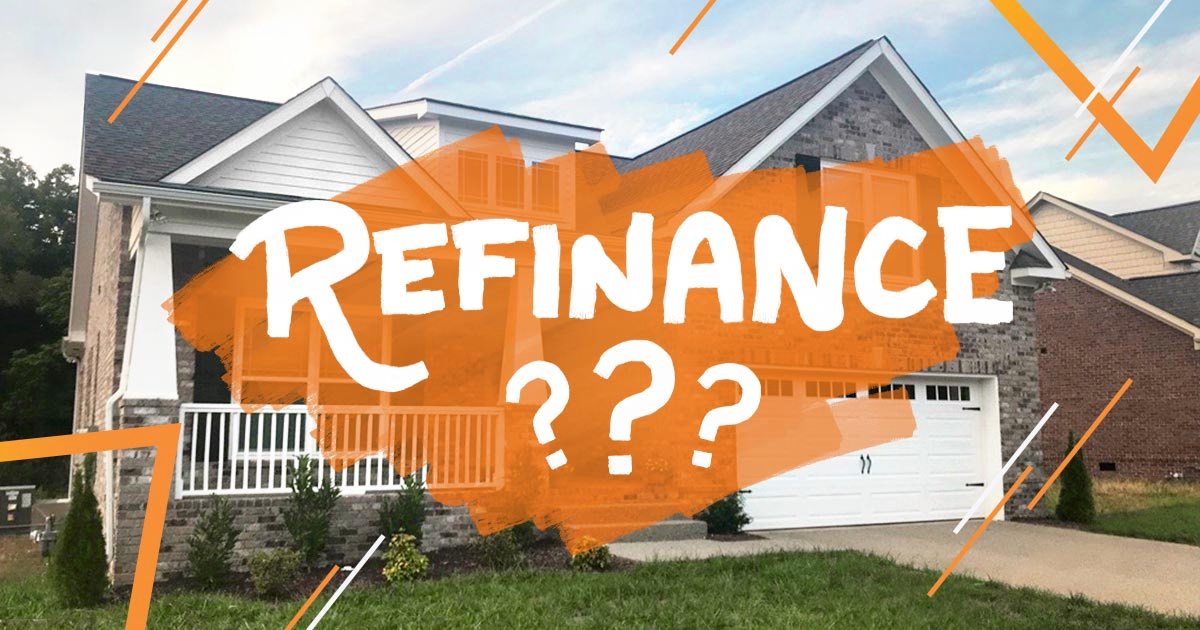What Is a Refinance Mortgage Loan? Smart Ways to Save in 2025
A mortgage is one of the most significant financial commitments people will ever make. Over time, interest rates change, property values grow, and life goals shift. What once seemed like the perfect home loan may no longer feel right. That's where refinancing comes in.
A refinance mortgage loan is a smart way to regain control of your finances. It allows you to replace your current loan with a new one that better suits your situation. In 2025, many homeowners are using refinancing to cut costs, unlock equity, and manage debt more effectively.
This guide explains what a refinance mortgage loan is, why people choose it, and the innovative ways to reduce expenses during the process. Each section breaks down the steps in simple terms so you can confidently make an informed decision.
Understanding Refinance Mortgage Loans
What Does It Mean to Refinance a Mortgage?
Refinancing a mortgage means swapping your current loan for a new one. The new loan pays off the old balance, and you continue making repayments under the new terms. Many borrowers refinance with their existing lender, but switching to another bank or credit union is common.
The purpose is usually to secure better conditions. That could mean a lower interest rate, lower monthly payments, or features that were not available in your original loan. Some people also refinance to change loan types, such as moving from fixed to variable, or splitting the loan between both.
The core idea is flexibility. A refinance mortgage loan helps you adjust your loan as your needs and circumstances evolve, ensuring it works for you rather than against you.
Key Differences Between Refinancing and a New Home Loan
Refinancing is not the same as taking out a new loan to buy a property. When you refinance, you already own the home. The process focuses on improving your existing loan structure, not funding a purchase.
A refinance often requires less paperwork than a first mortgage, but lenders will still check income, credit history, and property value. Costs may also apply, such as discharge fees and settlement charges.
Why Homeowners Refinance Their Mortgage in 2025
Lowering Monthly Mortgage Repayments
A top reason for refinancing in 2025 is lowering repayments. Even a small cut in interest rates can free up hundreds of dollars each month. With the rising cost of living, this extra money makes a big difference to household budgets.
Accessing Home Equity for Big Expenses
Many Australians and global homeowners alike are tapping into home equity. Equity is the value of your home minus what you still owe. Refinancing lets you access this equity as cash. It can be used for renovations, education, medical expenses, or even buying an investment property.
Consolidating Multiple Debts into One Loan
Credit card debt and personal loans often have higher interest rates. Refinancing helps you roll these into your mortgage, which usually has a lower interest rate. This simplifies repayments and reduces financial stress.
Types of Refinance Mortgage Loans in Australia
Rate-and-Term Refinance Explained
A rate-and-term refinance replaces your loan with one that has a new interest rate, term, or both. This type is often chosen to reduce monthly payments or pay off the mortgage faster.
Cash-Out Refinance for Equity Access
With a cash-out refinance, you borrow more than what you owe and take the difference as cash. This option is useful for funding large expenses like home improvements and increases your overall loan balance.
Fixed vs Variable Interest Rate Refinancing
A fixed refinance locks in a rate for a set period, which provides certainty in repayments. A variable refinance shifts with the market, offering flexibility and risk if rates rise. Many borrowers choose a split refinance that combines both benefits.
Smart Ways to Cut Costs When Refinancing
Comparing Mortgage Rates and Lenders Online
The easiest way to save money is by comparing multiple lenders. Online tools and mortgage comparison sites show differences in rates, fees, and features. Even a small difference can save thousands over the life of the loan.
Negotiating Fees and Settlement Costs
Don't accept every fee as fixed. Some lenders are willing to waive or reduce application, valuation, or settlement costs if asked. Always negotiate to cut expenses.
Using Cashback Offers and Refinance Rebates
In 2025, many banks are offering cashback deals to attract refinance customers. These offers can offset costs such as discharge fees or moving expenses. While attractive, check the long-term savings to ensure the deal makes sense.
The Step-by-Step Refinance Mortgage Process
Reviewing Your Current Loan and Interest Rate
Start by checking your current interest rate and comparing it to market averages. If your rate is significantly higher, refinancing might deliver strong savings.
Preparing Documents for Refinance Approval
Lenders require documents such as proof of income, bank statements, and identification. Having these ready speeds up approval and avoids delays.
Understanding the Loan Settlement Timeline
The settlement process usually takes four to six weeks. During this time, the new lender pays off your old loan and sets up the new account.
Common Mistakes to Avoid When Refinancing in 2025
Ignoring Break Fees and Exit Costs
Many borrowers overlook exit charges from their old lender. Break fees can quickly eat into savings, so always include them in your calculations.
Refinancing Too Often for Small Savings
Switching loans too often can lead to more fees than benefits. Focus on long-term value rather than chasing every small rate drop.
Overlooking Loan Features Beyond the Interest Rate
It's easy to focus only on rates, but features like redraw facilities, offset accounts, and repayment flexibility can also save money.
Conclusion
A refinance mortgage loan is one of the most effective tools for cutting costs and gaining control over your finances in 2025. Understanding the process, comparing lenders, and avoiding common mistakes can turn refinancing into a powerful money-saving strategy.
Refinancing is not just about chasing lower rates. It's about ensuring your home loan supports your goals today and in the future. If your current mortgage no longer fits your life, now may be the perfect time to explore refinancing and unlock smarter financial choices.
Key Takeaways
- A refinance mortgage loan replaces your current loan with one that better suits your needs.
- Lower repayments, equity access, and debt consolidation are top reasons to refinance.
- Comparing lenders, negotiating fees, and using cashback offers are smart ways to cut costs.
- The refinance process takes around four to six weeks, and being prepared with documents speeds it up.
- Avoid refinancing too often or ignoring fees, as these mistakes can cancel out savings.
Frequently Asked Questions
How Long Does It Take to Refinance a Mortgage?
The refinance process usually takes four to six weeks, depending on the lender's speed and how quickly documents are provided.
Can You Refinance With Bad Credit in 2025?
Yes, it's possible, but options may be limited. Specialist lenders accept lower scores, although the rates are often higher.
Is Refinancing Worth It If You Plan to Sell Soon?
If you plan to sell in the next year, refinancing may not be worth the fees. Consider your timeline before applying.
What Documents Do You Need for Refinancing?
Lenders usually require proof of income, bank statements, tax returns, and identification to approve refinancing.
How Often Should You Refinance a Mortgage?
There are no strict limits, but most people refinance every few years when rates or personal needs change.



